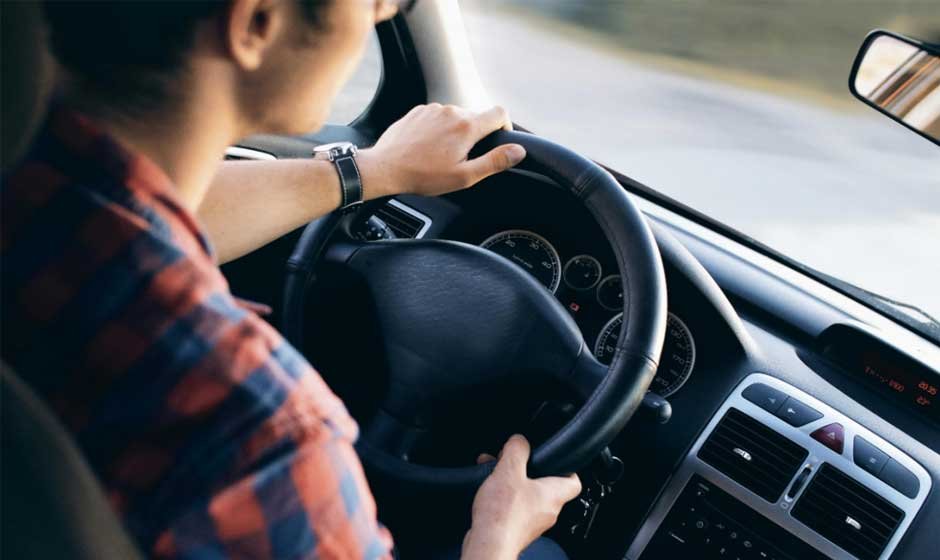Earning your license is a big deal. It means freedom, flexibility, and finally not having to ask for a ride every time you want to go somewhere. But before you start cruising down the road, there are a few steps you need to take.
For first-timers, the whole process might seem confusing, but it doesn’t have to be. Once you understand what’s expected and how long things take, it becomes much easier to plan and succeed. Whether you’re 15 or 25, here’s what you need to know to get moving faster.
Understand the Licensing Process in Your State
Each state has its own process, so it’s important to know the rules where you live. Most states follow a graduated program. That means you’ll probably start with a learner’s permit, then move to an intermediate or provisional license, and finally a full license. Check your state’s DMV website for details about age requirements, test scheduling, and necessary documents. Knowing what to expect early on helps you avoid surprises and delays later in the process.
Know What to Expect from Your Course
Taking a state-approved course is usually the first step before getting your permit or license. It includes classroom hours that cover traffic laws, road signs, and safety rules. You’ll also need to complete driving hours with supervision or an instructor. So, exactly how long is drivers ed? Every state requires individuals to complete a certain number of hours of classroom instruction and behind-the-wheel training. The exact duration varies from state to state.
Gather the Right Documents Before You Begin
Before heading to your local testing center, ensure you have the necessary paperwork. Common documents include a birth certificate or passport, proof of residency, a social security card, and a completed course certificate. Missing even one item can cause you to reschedule your appointment. Keep everything together in a folder, and double-check what’s required on your state’s DMV website. It’s a small step, but it saves time and stress in the long run.
Choose Between In-Person or Self-Paced Learning
You have options when it comes to learning. Some people excel in a classroom setting, while others prefer self-paced online courses that accommodate their schedules around school or work. Both options cover the same material, so it’s really about what works for your schedule. Just make sure the course you pick is approved by your state. Look for reviews, clear instructions, and good customer support. A good learning experience makes it easier to pass both the written and practical exams.
Log Your Practice Hours Carefully
Practicing behind the wheel is where you’ll learn the most. Most states require a set number of hours, often accompanied by a parent, guardian, or licensed adult in the vehicle. These hours help build your confidence on the road. Keep a written or digital log to track your hours, including the date, time, and what you practiced. This log may be required when you go for your driving test, so stay organized and take it seriously.
Study for the Written Permit Exam
The written exam is one of the first official steps on your way to getting licensed. It covers road signs, laws, safe driving practices, and basic rules you’ll need to know before ever sitting in the driver’s seat alone. To prepare, use online practice tests, flashcards, and the official driver handbook for your state. Don’t cram the night before. A little study each day makes it easier to remember the material and feel confident on test day.
Schedule Your Vision and Knowledge Tests Early
Appointments at testing centers can fill up fast, especially during school breaks or busy seasons. Once you’ve completed your coursework and feel ready, go ahead and book your vision and knowledge exams. Waiting too long can delay the whole process. Be sure to bring the right documents and arrive early. If your state allows online scheduling, take advantage of it. It’s quick, easy, and gives you control over your timeline, rather than waiting for the next available date.
Learn Defensive Driving Early On
It’s not just about controlling the car—it’s also about knowing what’s happening around you. Defensive driving means staying alert, expecting the unexpected, and avoiding risks before they turn into problems. Practice looking ahead, checking mirrors often, and keeping a safe distance between you and other vehicles. These habits build a strong foundation that will serve you well, not just during your test but every time you’re on the road.
Prepare for the Road Test
The driving test can feel stressful, but knowing what to expect makes a big difference. You’ll likely be asked to perform basic maneuvers like turning, parking, lane changes, and following traffic signals. Some states also require a parallel parking maneuver or a three-point turn. Ask someone you trust to go over these with you. Practice the route near your local testing center if possible. The more familiar it feels, the less nervous you’ll be when it’s time to show what you’ve learned.
What to Do After You Pass
Once you pass, it’s not just about getting your license card. Ensure you are familiar with your state’s regulations for new drivers, including any curfews or passenger limits. These are meant to keep you—and others—safe during your first year on the road. Additionally, discuss insurance with your parents or guardians. Rates for new drivers can be high, but good grades or defensive driving courses may qualify you for discounts. Being responsible from the start can make a big difference.
Obtaining your license is exciting, but it requires some planning and effort. From signing up for your course to passing your final test, each step builds the skills you need to be confident and safe on the road. With the right preparation, the whole process can be smoother than you think. Stay organized, take your time, and keep focused on your goal. Before you know it, you’ll be holding your new license and planning your first solo trip. Drive smart, stay safe, and enjoy the ride.










